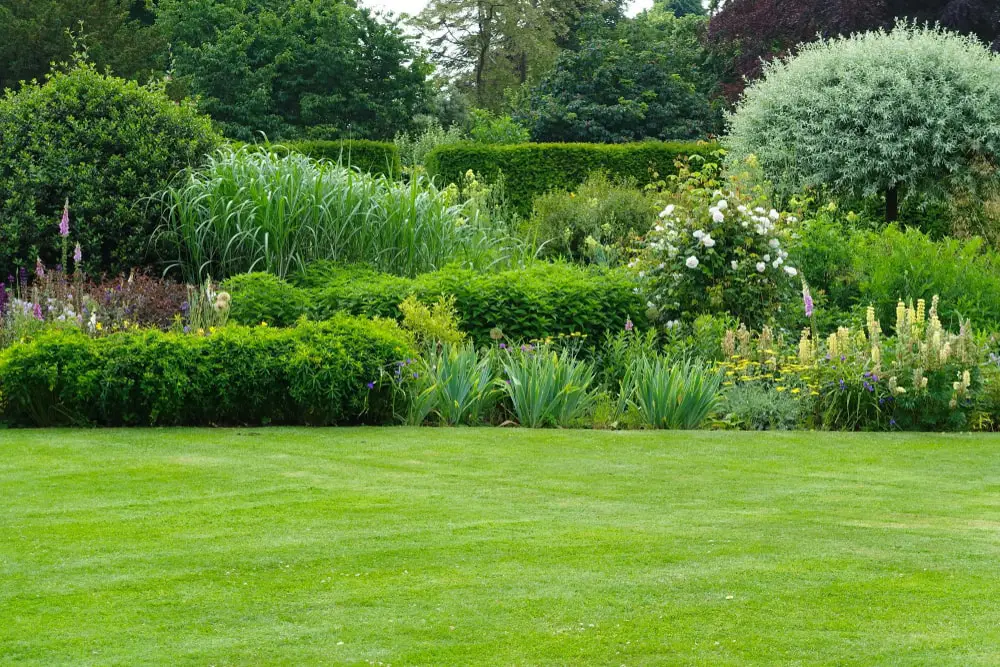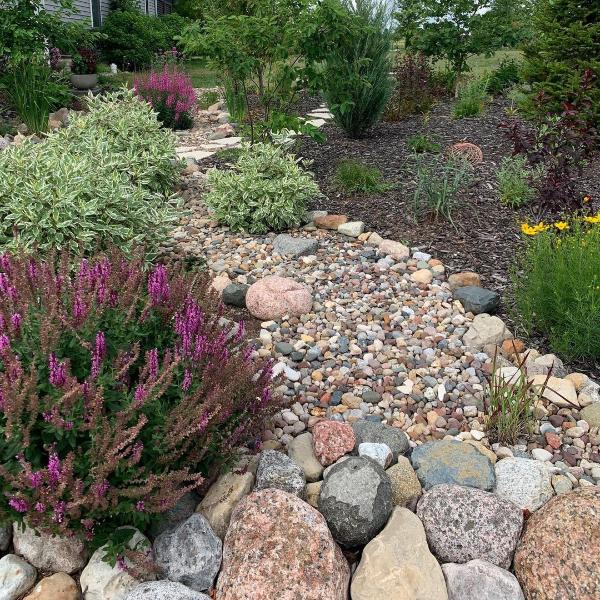Some Known Factual Statements About Hilton Head Landscapes
Some Known Factual Statements About Hilton Head Landscapes
Blog Article
The Main Principles Of Hilton Head Landscapes
Table of ContentsSome Known Details About Hilton Head Landscapes Everything about Hilton Head LandscapesThe 10-Minute Rule for Hilton Head LandscapesHow Hilton Head Landscapes can Save You Time, Stress, and Money.Not known Incorrect Statements About Hilton Head Landscapes Rumored Buzz on Hilton Head LandscapesHilton Head Landscapes - Questions
Line produces all types and patterns and can be used in a variety of methods the landscape. Line in the landscape is produced by the edge between 2 materials, the rundown or silhouette of a form, or a long straight function. Lines are an effective device for the designer because they can be used to develop a boundless range of forms and kinds, and they manage activity of the eye and the body.

Lines can have one or more qualities, such as those described listed below, however they normally serve various functions. Number 1. Lines in the landscape - Landscapers near me. The residential or commercial properties of lines identify just how people respond to the landscape, both emotionally and literally. Straight lines are structural and strong; they produce a formal personality, are normally connected with a symmetrical style, and lead the eye directly to a centerpiece.
The Best Strategy To Use For Hilton Head Landscapes
Straight lines are usually discovered in hardscape sides and product. Bent lines develop an informal, natural, loosened up character that is linked extra with nature and unbalanced equilibrium. Curved lines move the eye at a slower rate and add mystery to the space by creating covert views. Vertical lines move the eye up, making an area feel larger.
Vertical lines in the landscape include tall, slim plant material, such as trees, or tall structures, such as an arbor or a bird house on a pole. Horizontal lines move the eye along the ground plane and can make a room feel larger. Low lines are a lot more restrained and produce a feeling of rest or repose.
The Buzz on Hilton Head Landscapes
Low lines are developed by reduced garden walls, sidewalks, and brief hedges. Lines are used to draw types on a plan. In plan sight, they specify plant beds and hardscape areas. Lines are also developed by the upright kinds of constructed functions and plant product. There are 3 main line kinds that develop form in the landscape: bedlines, hardscape lines, and plant lines.
Bedlines link plant product to the home and hardscape because the eye complies with the line, relocating the gaze through the landscape. Hardscape lines are developed by the side of the hardscape, which defines the developed framework. Line can likewise be produced by lengthy and slim products, such as a fencing or wall.
What Does Hilton Head Landscapes Mean?
Kind is found in both hardscape and plants, and it is commonly the dominant visual component that spatially arranges the landscape and frequently figures out the design of the yard. The kind of frameworks, plant beds, and yard accessories also identifies the general kind style of the garden. Formal, geometric forms include circles, squares, and polygons.
Plants create form in the yard via their outlines or silhouettes, but form can also be defined by a space or unfavorable area between plants - hilton head landscapers (https://www.wattpad.com/user/h1tnhdlndscps). Circles can be cycles, or they can be split into half circles or circle segments and integrated with lines to produce arcs and tangents
Hilton Head Landscapes Things To Know Before You Buy
Circles can also be extended into ovals and ellipses for more selection and interest. Circles are a solid style form because the eye is constantly drawn to the facility, which can be utilized to emphasize a prime focus or attach other types. Figure 2. Round forms in hardscape and yard panels.
The square kind can likewise be fractional and pre-owned repeatedly to produce a grid pattern. Unlike circles, squares are more powerful on the Discover More Here edges, which can be lined up or overlapped to produce one-of-a-kind patterns and more complicated kinds.
Twisting lines commonly mimic the natural training course of rivers or streams and can be referred to as smooth lines with deeply rounded wavinesses. Twisting lines (Number 3) work well for pathways, plant bedlines, and dry stream beds. Twisting lines can add rate of interest and enigma to a yard by leading audiences around corners to find brand-new sights and rooms.
Our Hilton Head Landscapes Diaries

Figure 5. Fragmented edges: stepping rocks in pathway. Form is the most enduring high quality of a plant (landscaping hilton head sc). https://www.indiegogo.com/individuals/37931614. Typical plant forms are well developed and standard, as form is the most consistent and recognizable characteristic of plants. Form can also be developed with the massing of plants, where the general mass produces a various type than a specific plant.
An extremely contrasting form must be made use of with careone or 2 work well as a centerpiece, but too several develop turmoil. Natural plant kinds, rather than over-trimmed forms, need to establish the bulk of the composition. The importance of total type is much more or much less based on the seeing perspectivethe form of a tree can show up rather various to a person standing under the cover versus checking out the tree from a distance in an open area.
The Single Strategy To Use For Hilton Head Landscapes
Plant types also create and define the gap or open spaces between the plants, developing either convex or concave types in the gaps. High-arching tree branches normally create a concave open space under the branches, and a round cover with reduced branches fills up the area to develop a convex kind outdoors area under the tree.

Report this page